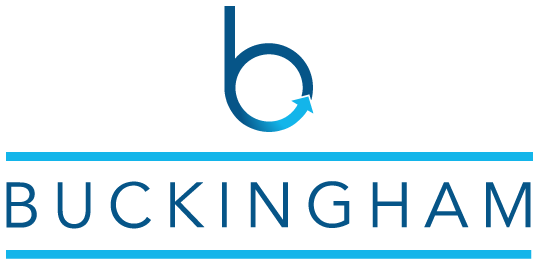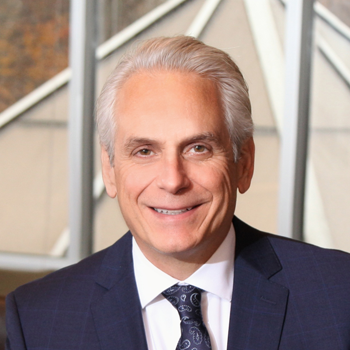On April 23, 2020 and again on April 28, 2020, the SBA published an addition to its PPP Loan Program FAQs that included new Questions 31 and 37 that clearly are an attempt to expand on the conditions for obtaining a PPP Loan, in some cases after the fact. The intent of the new Questions is to establish an “economic needs” and “liquidity” basis for the loan rather than an arguably lower standard of “economic uncertainty” as stated in the original law. The publication of these new Questions coincides with the public disclosures that some very large and prominent companies (e.g. Chick-fil-A) and universities (e.g. Harvard) received loans, and in some cases have since decided to repay the loans. As a result, some lawmakers have threatened to pass amendments to the CARES Act to tighten loan forgiveness requirements before the formal loan forgiveness begins. This new guidance applies to all PPP Loans—even those made prior to April 23, 2020.
Question 31 provides virtually no guidance on how to determine “economic need” and “liquidity” as compared to economic uncertainty. The answer to Question 31 confirms that a PPP Loan applicant does not need to certify that the PPP Loan is the only source of credit available to the applicant. The Question also confirms that all applicants had to make the “economic uncertainty” certification at the time of application. However, the Question goes on to state that: “Borrowers must make this certification in good faith, taking into account their current business activity and their ability to access other sources of liquidity sufficient to support their ongoing operations in a manner that is not significantly detrimental to the business.” And finally, the Question gives an example that public companies with substantial market value and access to capital markets are unlikely to have been able to make the economic uncertainty certification in good faith. Question 37 asks the same question as Question 31 but in the context of a private company rather than a public company. The answer to Question 37 is simply to refer to the answer to Question 31.
It is unclear to what extent the Federal government can change the rules with an FAQ question that appears to conflict with the express language of the statute and that contains very little guidance. It is also unclear how you rationalize economic uncertainty, which has a future focus, with current business activity, which has a current focus. Question 31 provides a safe harbor that any applicant who applied for the loan before the publication of Question 31 (April 23, 2020) and repays the loan before May 7, 2020 will be deemed to have made the required certification in good faith, and so not subject to a fraud claim.
Things to do now
- Loan recipients should seriously consider delaying certain expenditures being made on the assumption that the PPP Loan will be forgiven until the forgiveness is verified. A prime example would be a special purchase of capital equipment with funds freed up because of the expectation that the PPP Loan will fund eight weeks of payroll costs.
- You should begin to review your “economic need” basis for the loan and the possibility that the SBA will contest the PPP loan or forgiveness. The Secretary of the Treasury announced this week that all loans over $2 million will be audited. You have until May 7, 2020 to make the decision to prepay the loan under the safe harbor. We hope that the SBA will provide further guidance on the “economic needs” requirement before that date.
Possible factors to consider:
While Question 31 gives no guidance on how to determine “economic need” or the new focus on liquidity, here are some factors you might consider, any one of which may be helpful:
- Did you have reasonable cash reserves or access to credit (i.e., an untapped line of credit) regardless of the risk of the COVID-19 impact on your business?
- Was there a reasonable risk of a reduction in business or sales from the pandemic?
- Was there a reasonable risk of an interruption to sources of supply?
- Was there a reasonable risk of a need to lay off employees due to a business downturn resulting from COVID-19?
- Was there a reasonable risk of a loss of workforce due to sickness?
- Was there an uncertainty as to whether state or local authorities would shut the business down or, if shut down, when you would be allowed to reopen?
For more information regarding this article, please contact your attorney or reach out to Business Partners Steve Hammersmith, Rob Roland, Steve Dimengo or Michael Ellis.





